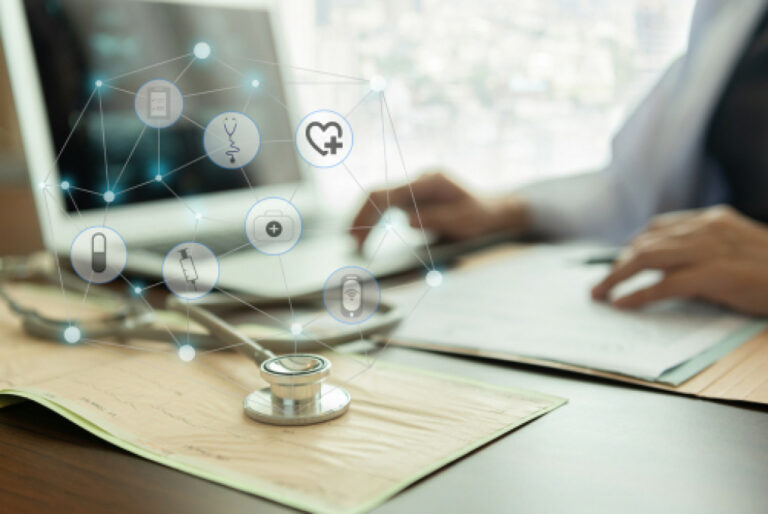Technology has been a medical game-changer since the 1800s, and medical innovation is only accelerating with time. Technology has already brought many medical advancements, but more medical breakthroughs are expected in the future.
One example of a breakthrough brought by technology to the medical field is integrated healthcare services. These services use technology to provide medical support and care for people who are away from their homes. In addition, telemedicine has been a massive advancement in medical treatment because it allows doctors to connect with patients via video chat or other methods of communication.
Without technology, it would be difficult for the medical field to support innovative means of medical treatment. Technology has enabled healthcare providers to look after their patients more effectively. As a result, many people have been able to achieve better health outcomes over time because of medical breakthroughs brought by technology.
Examples of Medical Breakthroughs Brought by Technology
Medical breakthroughs are often a result of medical technology. For instance, the MRI scanner has been instrumental in detecting medical conditions such as tumors and other diseases that non-imaging methods could not diagnose. In addition to this, medical breakthroughs have also led to the development of new medical devices that help provide better patient care or improve life expectancy rates significantly compared to the past.
This medical revolution is made possible by constant medical innovation, which has led to better medical tools and procedures that help patients recover effectively from illness or injury. While it would be inaccurate to say that technology alone can achieve medical breakthroughs, the use of computer science in medicine forms an integral part of this process as well. With more than one medical technology company in existence, medical breakthroughs are more attainable than ever before.
Electronic Health Records
Electronic health records are medical records that are kept digitally, allowing easier access for medical personnel. This allows medical professionals to keep better track of patient information and visit history than they would be able to with paper medical files.
This technology has helped medical breakthroughs by improving the ease of medical research as well as making it simpler to determine whether or not a treatment is working for a patient. Electronic health records have made it easier for medical professionals to monitor their patients’ health outcomes and determine what medical procedures they still need to employ.
Telehealth

Telehealth is a medical platform that has been developed to help improve health care for people in rural areas. The technology enables medical professionals from hospitals and clinics located in cities to communicate with medical personnel at a facility located out of town via video conferencing. This makes it possible for patients not living near major medical centers to still receive high-quality medical treatment.
AI and Machine Learning
Artificial intelligence and machine learning in the medical field have allowed medical professionals to arrive at more accurate diagnoses. By having machines analyze medical images, medical personnel can better determine a patient’s health status and provide them with proper treatment to avoid any potential issues that may arise later on down the road.
Artificial intelligence has also been helpful in medical research by helping medical professionals identify which treatments and medications work best for certain patients. This has also allowed medical researchers to test new drugs quickly, even if it’s not known how they’ll affect a patient. By using AI technology, medical researchers can speed up the process of finding out what works and doesn’t work, potentially saving medical patients from having to go through too many unnecessary treatments.
Augmented Reality and Virtual Reality
Both AR and VR are technologies that medical professionals are using to help medical patients. For example, instead of having medical students learn through textbooks and hands-on training with cadavers (which may not always be available), AR allows medical students to study by bringing the textbook material into the real world.
Similarly, VR technology allows medical professionals to practice surgery or other procedures without using actual medical patients. They can test out their skills and experiences in a virtual reality simulation, thereby eliminating the need to use medical patients.
Positive Impacts of Medical Breakthroughs
The medical breakthroughs made possible through technology have impacted so many people’s lives positively. For example, mammograms are no longer just used to test women at higher risk for breast cancer. They can now be used as part of routine preventative screenings to catch cancer in its earliest stages when it is most treatable.
People are now living longer with medical conditions that used to be considered terminal or untreatable. Medical breakthroughs brought by technology have improved the quality of life for millions of people who previously suffered from severe medical conditions without many options available. Therefore, medical breakthroughs are medical advances that have a significant social impact on medical care.




